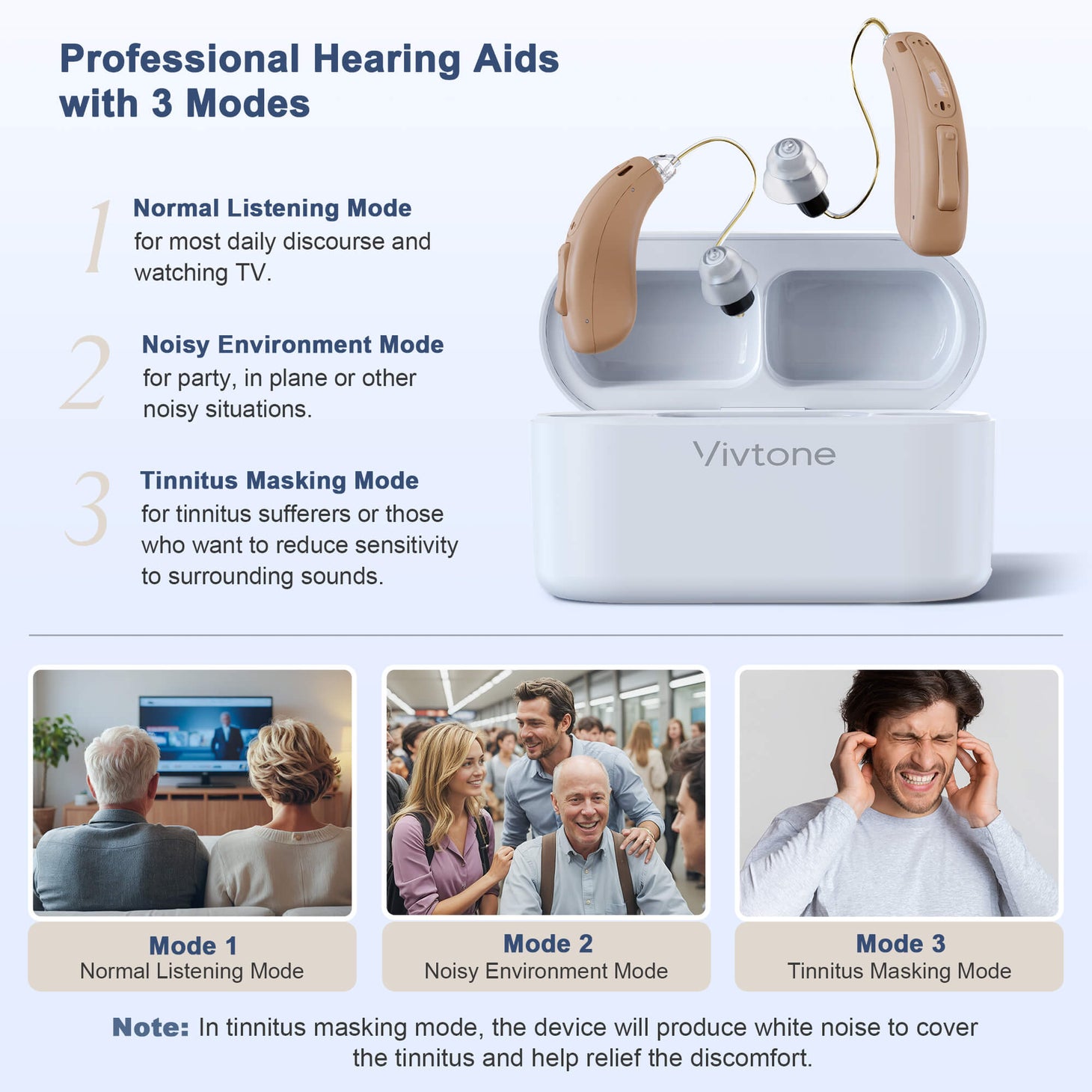Unlock the Future: Discover the Game-Changing Benefits of Rechargeable Bluetooth Hearing Aids!
Hearing loss is a challenge that affects millions of people worldwide, impacting their ability to communicate effectively and enjoy life to the fullest. For many, hearing aids have been a vital tool in restoring this essential sense, significantly enhancing their quality of life. The evolution of hearing aids has been remarkable, transitioning from bulky devices to sleek, technologically advanced solutions. One of the most exciting advancements in this field is the emergence of rechargeable Bluetooth hearing aids. This article aims to explore the technology and functionality of these innovative devices, shedding light on how they are revolutionizing the way individuals experience sound.

Understanding Rechargeable Bluetooth Hearing Aids
Rechargeable Bluetooth hearing aids are modern devices designed to amplify sound for individuals with hearing impairments. Unlike traditional hearing aids that require frequent battery replacements, these devices come equipped with built-in rechargeable batteries, making them more convenient for daily use. The technology behind Bluetooth connectivity allows these hearing aids to connect seamlessly with smartphones, televisions, and other devices, enabling users to stream audio directly to their hearing aids. This connectivity adds a new dimension to the listening experience and is a significant step forward in hearing aid technology.
Key Features and Benefits
The primary features of rechargeable Bluetooth hearing aids include ease of use and convenience. With a simple click or tap, users can adjust their hearing settings or switch between different audio sources. The ability to connect with smartphones and other devices means users can take phone calls, listen to music, or enjoy their favorite TV shows without the hassle of additional equipment. Furthermore, many users report improved sound quality and enhanced listening experiences, allowing them to engage more fully in conversations and enjoy social interactions without strain.
Battery Life and Charging
When it comes to battery life, rechargeable hearing aids typically offer a significant advantage over disposable ones. Most models can last an entire day on a single charge, with many users finding that they can recharge their devices overnight. Charging options vary, with some models featuring convenient docking stations and others offering USB charging capabilities. Longevity is also a consideration; rechargeable batteries generally have a longer lifespan than traditional batteries, reducing the frequency and cost of replacements. However, proper battery maintenance is essential to ensure optimal performance and longevity.
Real-World Applications and User Experiences
Users have found numerous ways to integrate rechargeable Bluetooth hearing aids into their daily routines. For instance, a friend of mine, who has struggled with hearing loss for years, shared how she now enjoys watching her favorite shows without missing a beat. She simply streams the audio directly to her hearing aids, making it easier to follow dialogues and sound effects. Additionally, when she receives phone calls, she can hear the other person clearly without fumbling with her phone. Social gatherings have also become much more enjoyable for her; with her hearing aids, she can engage in conversations with friends and family without the frustration of background noise. These real-world applications highlight how rechargeable Bluetooth hearing aids can enhance everyday experiences.
Future Trends in Hearing Aid Technology
The future of hearing aid technology looks promising, with several emerging trends on the horizon. Advancements in Bluetooth technology are paving the way for even more robust connectivity options, allowing users to link their hearing aids to an ever-growing range of devices. Additionally, artificial intelligence is beginning to play a significant role in personalizing the hearing experience; future hearing aids may be able to automatically adjust settings based on the user's environment or preferences. These innovations hold the potential to further improve the quality of life for individuals with hearing loss, making rechargeable Bluetooth hearing aids an essential part of tomorrow's hearing solutions.
Enhanced Connectivity and Quality of Life
Rechargeable Bluetooth hearing aids represent a remarkable leap in technology, offering numerous benefits that enhance the lives of those affected by hearing loss. From improved sound quality to the convenience of seamless connectivity, these devices are changing the way users experience sound. As we continue to witness advancements in hearing aid technology, it is essential to recognize the significant role these innovations play in improving quality of life. Whether for oneself or for a loved one, considering the potential of rechargeable Bluetooth hearing aids can open up a world of sound and connection.
 Séries et Vidéos
Séries et Vidéos 


